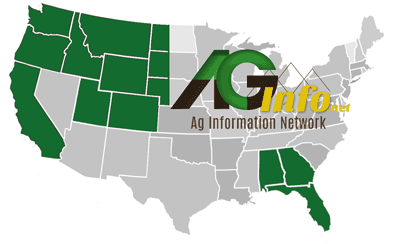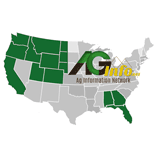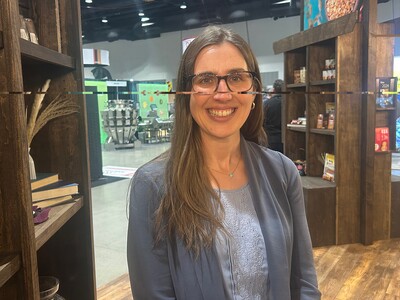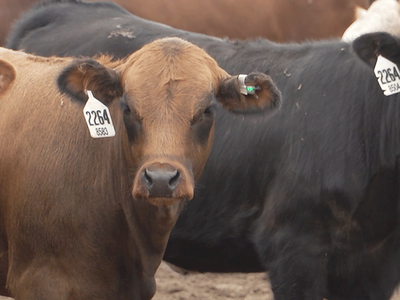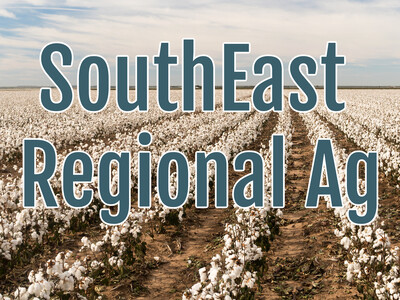Japanese Beetle
I talked with Paul Castrovillo from The Idaho State Department of Agriculture which begins its fourth year of the Japanese Beetle (JB) eradication program in Ada County with the first treatments scheduled for mid/late May. The treatments will be ground applications of a granular insecticide on lawns in areas where JB have been found. Only turf will be treated. No insecticide will be applied to vegetable or flower gardens, bushes or trees.The areas selected for treatment have been chosen based on data from JB monitor traps set throughout the state. The yellow and green plastic traps—which will be familiar to many Boise residents—attract and capture JB and are completely non-toxic. Beetles captured in the traps confirm a population is present. The number of beetles indicates the severity of the infestation.
JB monitoring occurred without a major find for nearly 20 years. In 2013, however, more than 3,000 beetles were detected in Ada County, which prompted the creation of the JB eradication program. Successful treatments implemented in 2013 through 2015 reduced the JB infestation by nearly 90 percent. Areas where JB were captured last year will be designated for treatment again in 2016. Due to decreasing infestation density, the proposed 2016 treatment area will be reduced by approximately 50 percent of what was treated in 2015.
Japanese Beetle (Popillia japonica) was first introduced to the United States in 1916 in plants imported from Japan. The insect is approximately ½-inch long, a shiny metallic green with copper-brown wing covers. JB are considered one of the most aggressive invasive insect pests in the U.S. If outbreaks are not treated, the insects reproduce and spread to new areas at a phenomenal rate. Their presence results in wide-scale negative economic impacts as well as environmental degradation due to massive damage to local vegetation and outcompeting native wildlife.
